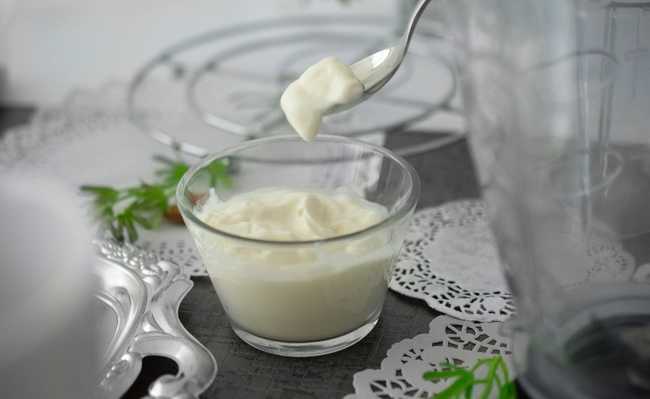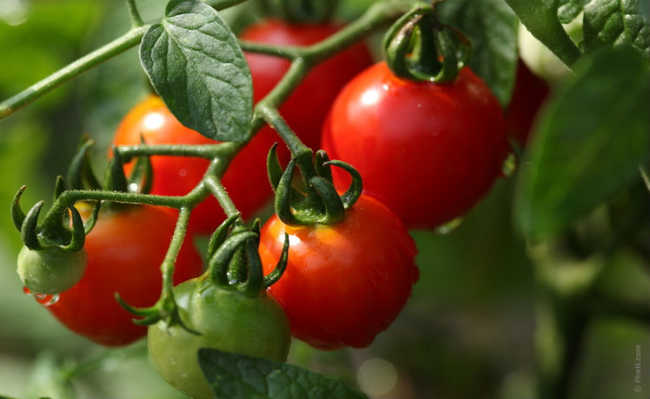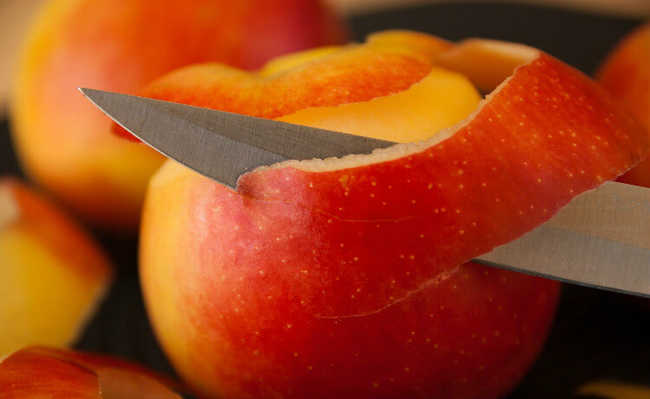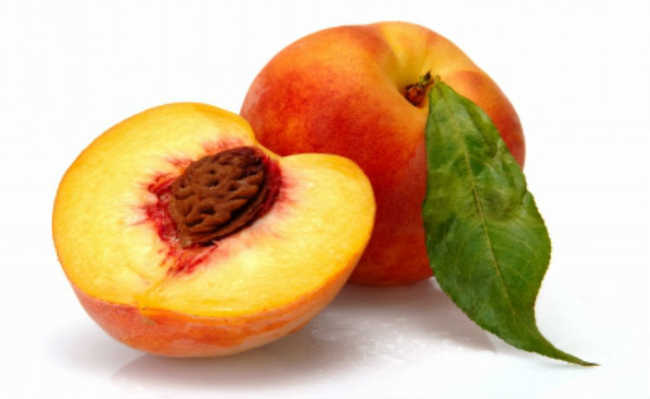How to compost dog feces
Nutrient-rich fertilizer can only be used on ornamental plants

Edited and resized image by Simone Dalmeri is available on Unsplash
A pet dog brings many joys to the family and, like all animals, he has physiological needs. What to do with your dog's poop? Well, many people end up putting them in plastic bags and throwing them in the trash, but this option is not the most ecofriendly.
- Garbage separation: how to properly separate garbage
A very good solution is to compost it, but in a very different way from the traditional one - for that, it must be done separately. Composting dog feces won't compost your garden, but it can be used in ornamental plants and will make you a friend of dogs and nature.
- What is compost and how to make it
Left out in the open, feces can pollute ground and surface water, attract flies and pests, cause an unpleasant odor and even create unhealthy conditions for dogs, being a vehicle for the transmission of parasites and infectious diseases. Composting canine faeces is a simple and inexpensive method that eliminates infectious agents and reduces the amount of waste going to landfills (an average dog excretes about 125 pounds of faeces per year).
The benefits of composting
Composting removes raw waste from the environment, where it can pollute groundwater and streams. Good compost destroys pathogens and produces rich humus for the soil.
By composting your dog's feces, you reduce the need to transport waste to landfills and dumps. This saves time, money, energy and landfill space. Good compost produces a quality fertilizer that improves both the physical condition and the fertility of the soil.
- Humus: what it is and what are its functions for the soil
Uses of compost made from dog feces
Compost made from dog feces is an excellent source of organic matter to add to your garden or potted plants. It helps to improve soil structure, which contributes to good aeration and moisture holding capacity. Compost is also a source of nutrients for plants and can be used as a covering material.
Dog compost can be used as a soil additive for revegetation, lawn establishment and planting beds. But it should not be used on crops grown for human consumption. When used in pots or flower beds, a mixture of 25% compost and 75% soil is recommended. Compost has a relatively high salinity and is not recommended for germinating seedlings.
What is compost?
Composting is the controlled decomposition or degradation of organic material into a product known as humus. Composting dog waste is a natural process that requires air, water, organic matter, microbes and a little human intervention.
What is necessary
Composting requires a supply of nitrogen-rich materials (sometimes called green or wet materials and carbon-rich materials (dry or brown materials). Nitrogen-rich (wet) materials include dog feces and green grass. carbon rich (dry) include: sawdust, chopped straw and dry leaves.
A long-stem thermometer is needed to monitor the compost temperature. You will also need a shovel or fork to move the compost and a basket to collect the material to be composted. It is possible to compost in a hole in the ground, but it will be difficult to reach the high temperatures needed to destroy pathogens and the process will take longer compared to composting in a closed container. A composter improves aeration and facilitates easy compost rotation. You'll need at least two bins, one to collect your garbage while the other will be actively composting. You will also need water that is not too cold to water the material to be composted.
Small particles have a larger contact surface area than large particles. The smaller the material put into the compost, the hotter your compost will be and the faster it will progress. The best source of carbon is sawdust, which is easily found on construction sites and carpentry houses.
Step by step
There are two methods you can use to build the compost pile. The first is to collect the materials separately and then mix them all together. The advantage of this method is that the materials will not start to decompose until they are mixed. You will get higher temperatures faster when mixing dog feces, carbon, water and air at the same time.
The second method is to add the carbon source to the dog's waste as you collect it and put it in the compost. This method is easier, and as long as the pile remains dry, very little decomposition should take place until the material is turned over and moistened with water.
As the mixed waste stool and carbon pile has a milder odor than if the materials are collected separately, many people prefer this method.
- To start, choose a dry location near the dog's area to place your composter. The place must not be near pregnant or nursing puppies and no type of fluid must flow to the place where the dog lives;
- For every two shovels full of dog feces, add a shovel full of sawdust or other carbon source. Mix well after each addition;
- Add water in small amounts until the compost mixture is as wet as a wrung-out sponge;
- Continue adding material until the compost is two to three feet deep. When a box is full, don't keep adding new materials;
- Put a frosting on the compost mixture. Micro-organisms will begin to break down organic matter, releasing heat, which significantly increases the temperature;
- Insert the compost thermometer daily and record the internal temperature (at the center of the compost). When the temperature starts to drop - usually within two weeks - it's time to turn the compost;
- Revolve the entire compost pile - from the outside to the inside - to ensure that all the material reaches the high temperatures necessary to kill the pathogens. Repeat the process every time the internal compost temperature drops. After several cycles, the compound will not heat up. This indicates that the composting process is complete;
- Let your compost sit for several months or up to a year before using it. This will stabilize the pH and ensure the decomposition process is complete.
temperature is important
The temperature of the compost mixture is very important as it reflects the level of activity of the micro-organisms. The center of the compost mix is the hottest, so insert the thermometer towards it. Repeat this in several places and record the temperature recorded on the thermometer. Temperatures in the fresh compost mixtures rise rapidly - about 70°C - and then slowly decrease until the compost temperature approaches room temperature. If this rapid increase and gradual decline in indoor temperatures does not happen, you may need to adjust your compost recipe. A thermometer and good record keeping are essential for success.
To completely eliminate pathogens, the compost must remain at a temperature between 60°C and 70°C for several days. Declining temperatures indicate it's time to turn the compost. Take care to mix the outer materials towards the center. It will take several appearances over a period of six weeks or more for the compost to mature.
Compost temperatures can get too high. Don't dip your hand into the center of an active compost pile. In very rare cases, extremely high temperatures can cause fires. Add water to a very hot compost pile to quickly lower the temperature.
Use hard plastic boxes
Unlike wooden boxes that tend to fall apart over time, hard plastic boxes last a long time. Also, they tend to get warmer in cool, humid weather, which can extend the composting season into the fall months.
You can use bins one on top of the other and change them as they fill and the compost rests, similar to a conventional domestic composter, but with no holes and no third slurry collection bin.
health concerns
Every compost contains mold and fungus spores that can cause an allergic reaction in sensitive people. Keep animals, especially puppies and pregnant females, away from the compost area to avoid transmitting any disease to other dogs, domestic animals and wild animals. Children may be at greater risk because they often put their hands and other items in their mouths. The best way to reduce the health risks associated with composting dog feces is to have healthy dogs.
Follow a deworming schedule developed by a veterinarian familiar with local conditions. Health risks vary depending on the climate, so ask a veterinarian to recommend a parasite control program that is appropriate for your area.
Although there are many potential pathogens, the primary agents for the disease are roundworm eggs. They are too small to see with the human eye. Dogs become infected with roundworms by swallowing eggs in the ground where other dogs have defecated and pass on to their puppies. Roundworm eggs hatch in the dog's intestine, migrate through the liver and lungs, and re-mature in the intestine. The adult roundworm lays eggs that are passed to the ground, thus completing the life cycle. If humans ingest these eggs, they hatch in the intestine and migrate to other body tissues such as the lungs, liver and spinal cord. The larvae can even attack the retinas of the eye. In certain geographic areas, other parasites can be a problem. A tapeworm (Enchinococcus sp.) Found in remote regions, it can produce fatal cysts if ingested. Do not compost waste from dogs that look sick.
take into account
The actual volume of canine waste depends on the size of the dog and its diet. Dogs that exercise and have a high protein diet will produce less waste than less active dogs that are fed less concentrated chow. This study only included dog waste.
Cat feces and other animal waste have not been studied. Cats can carry parasites that are harmful to human fetuses. It is not recommended to add cat faeces or other feline waste to your compost.










